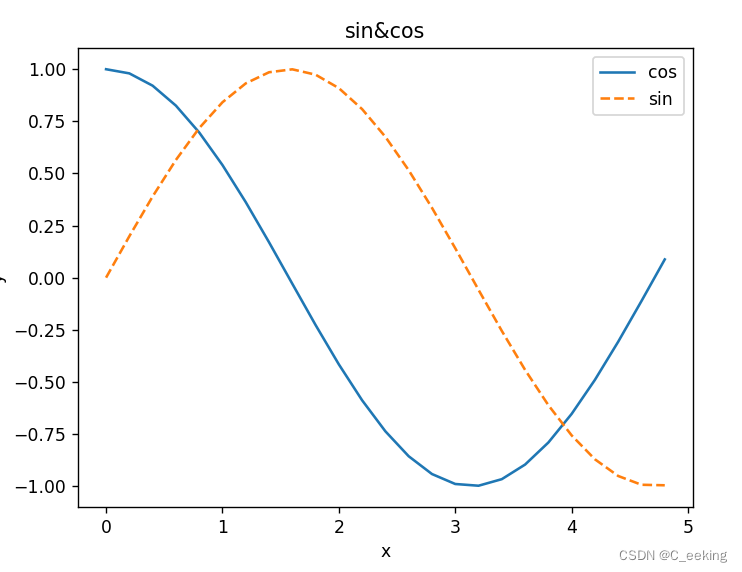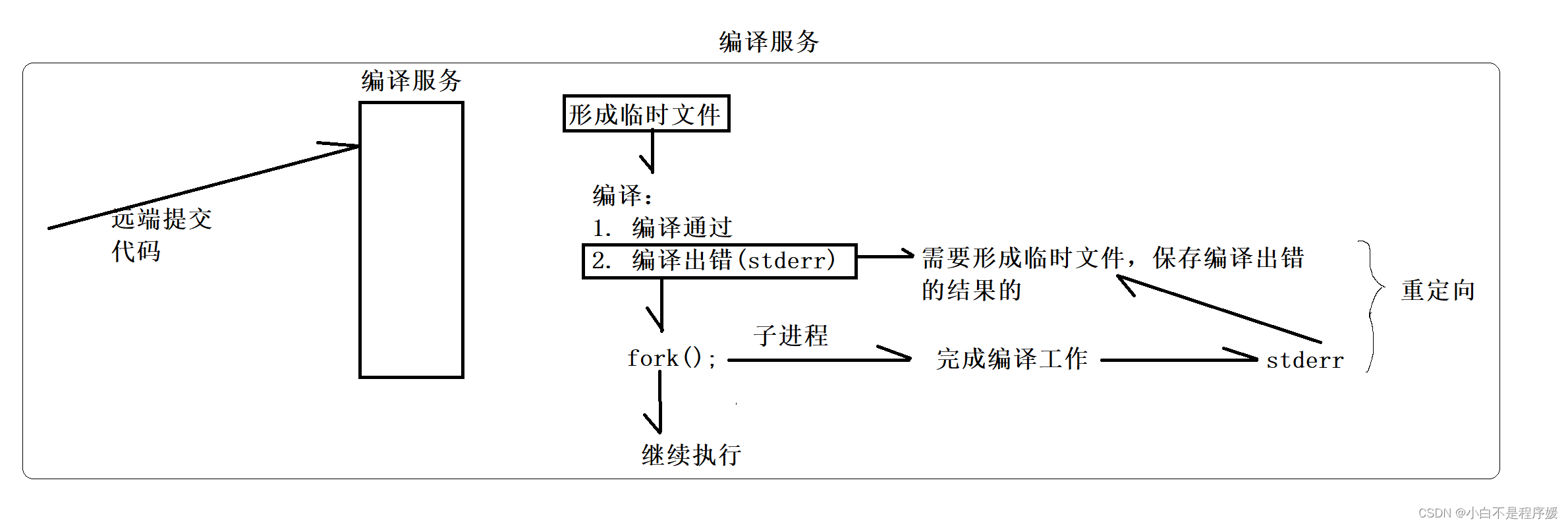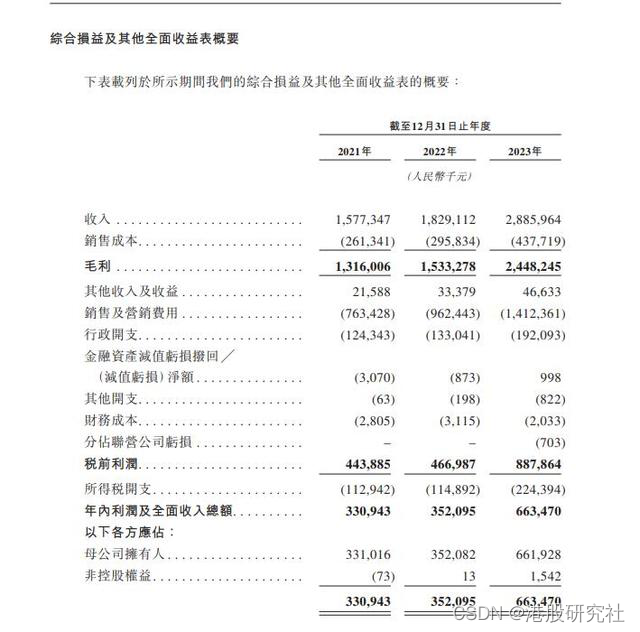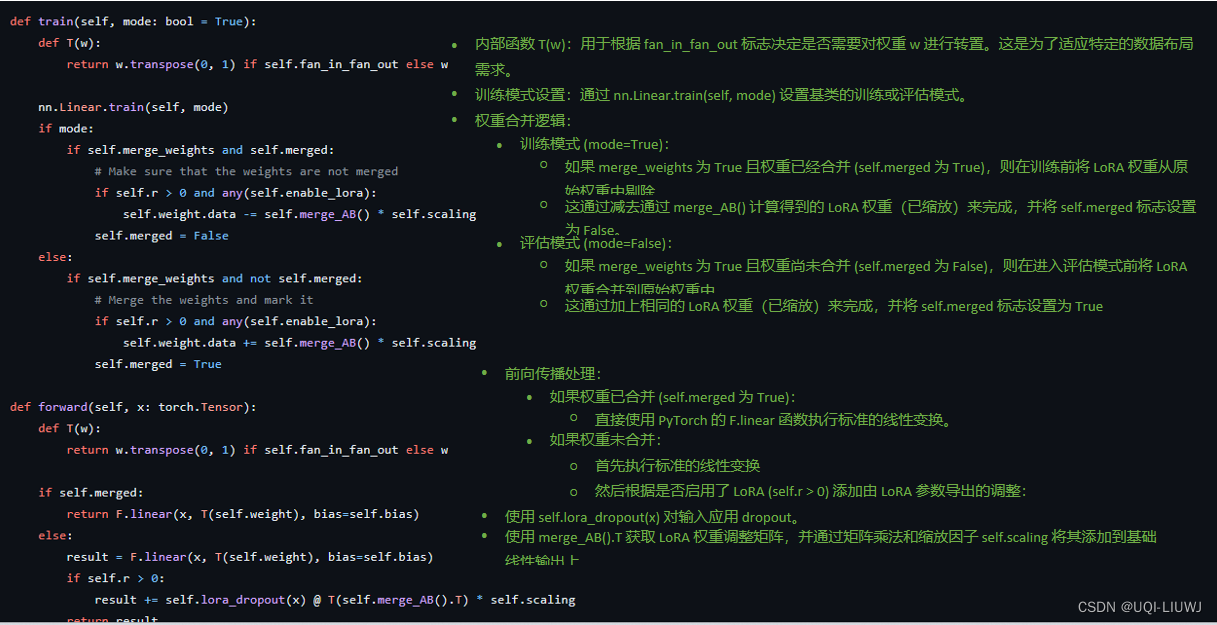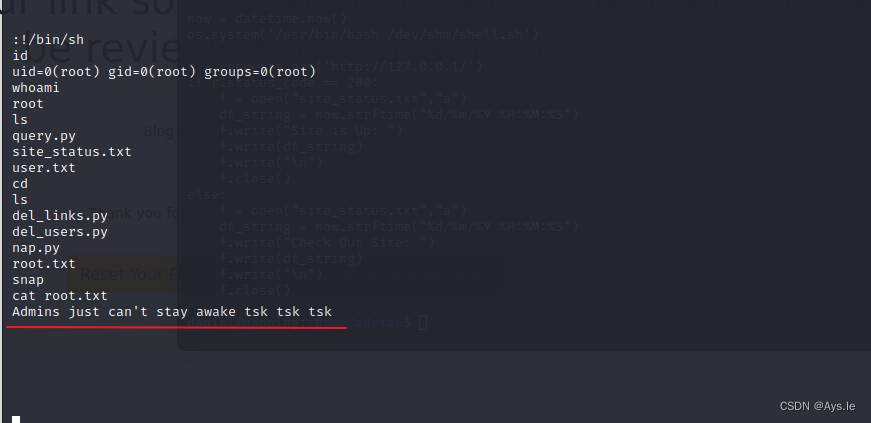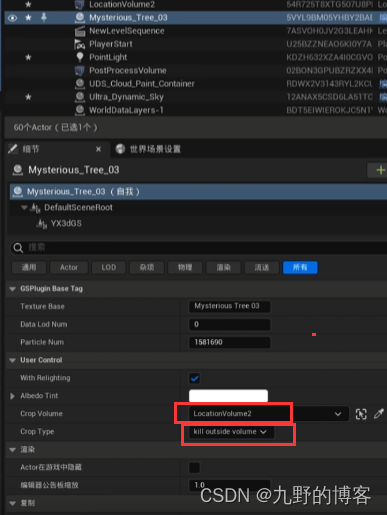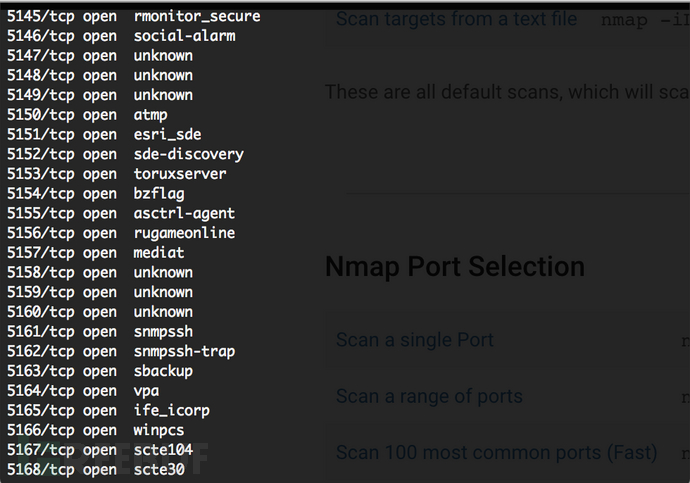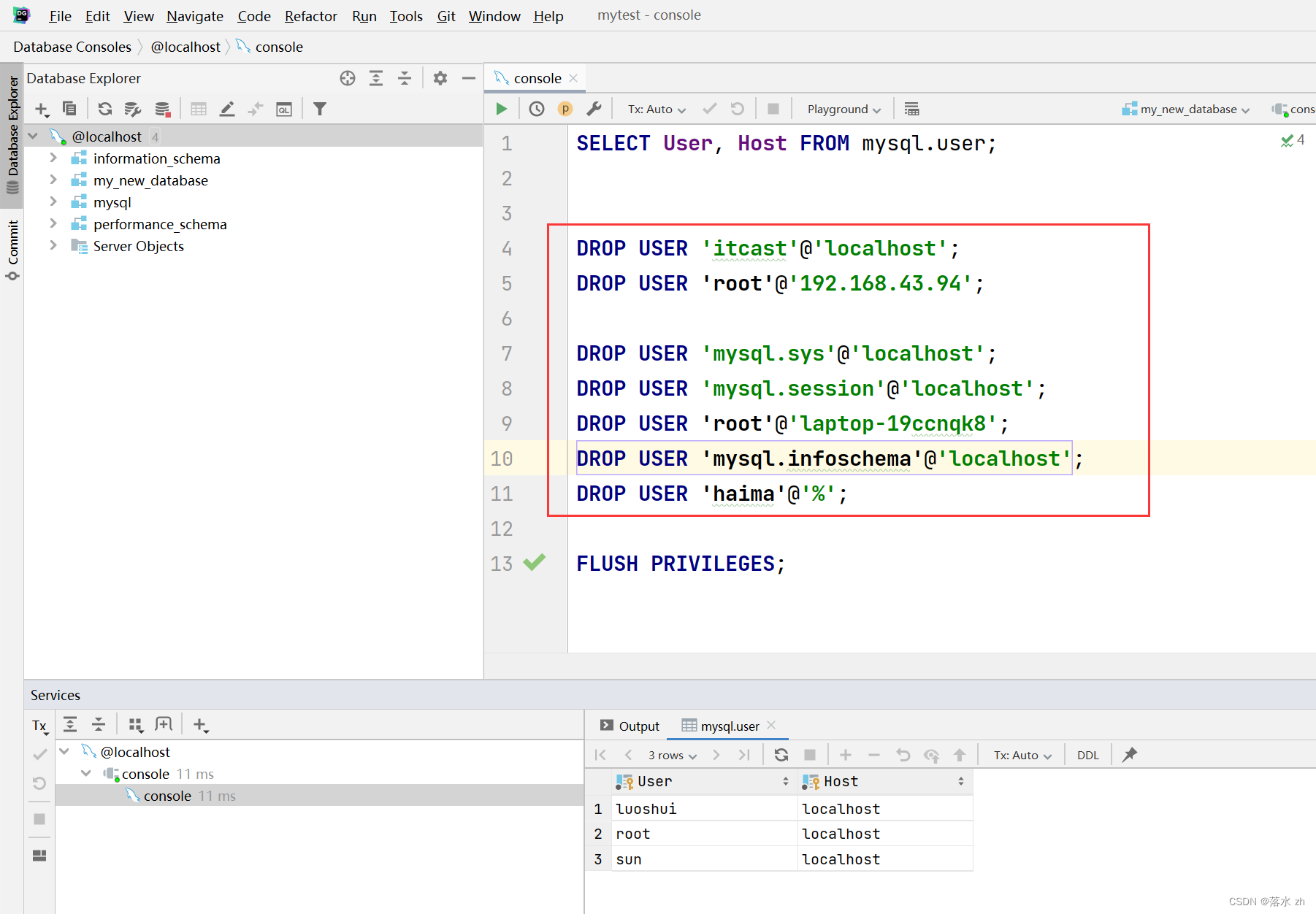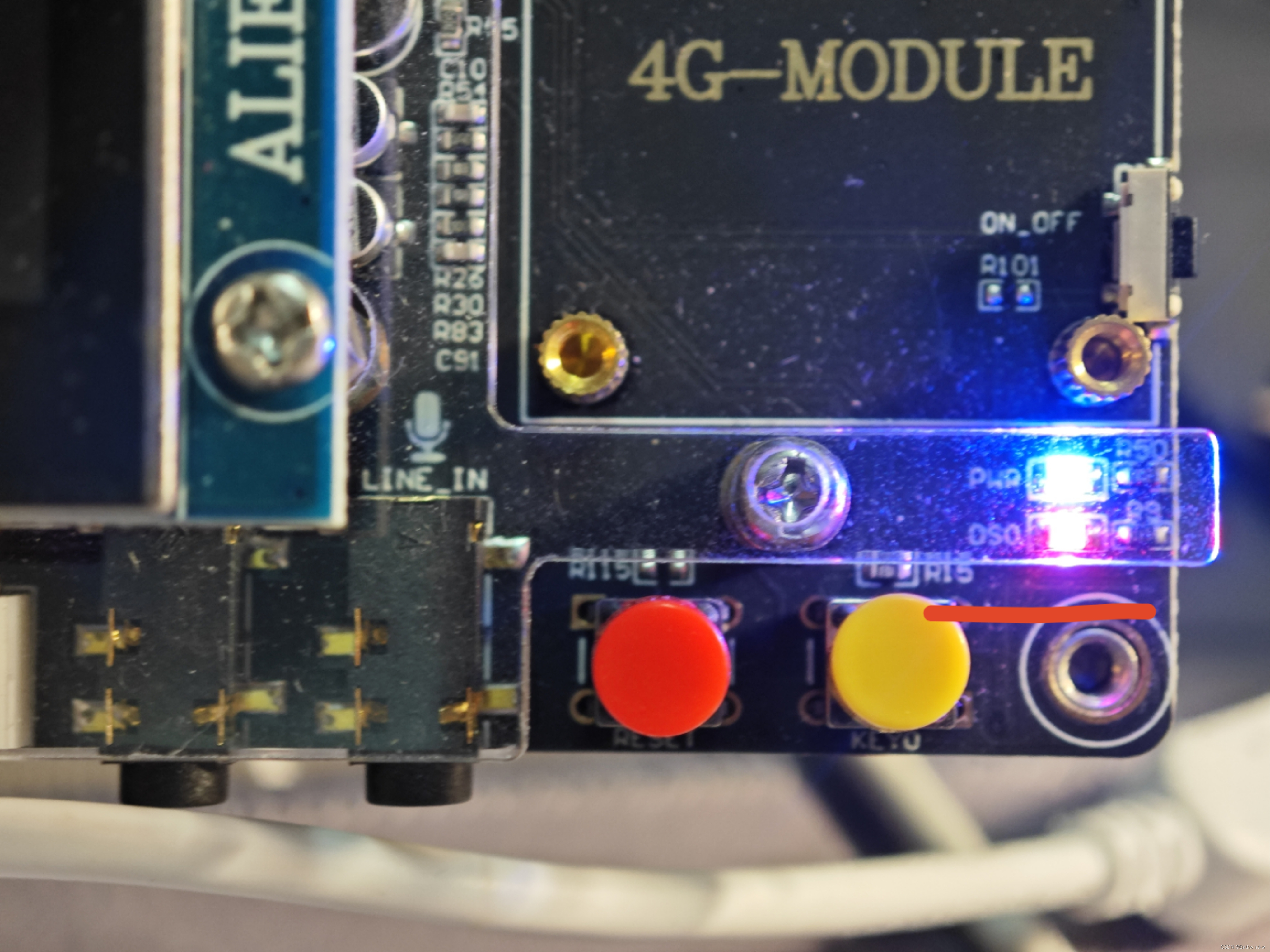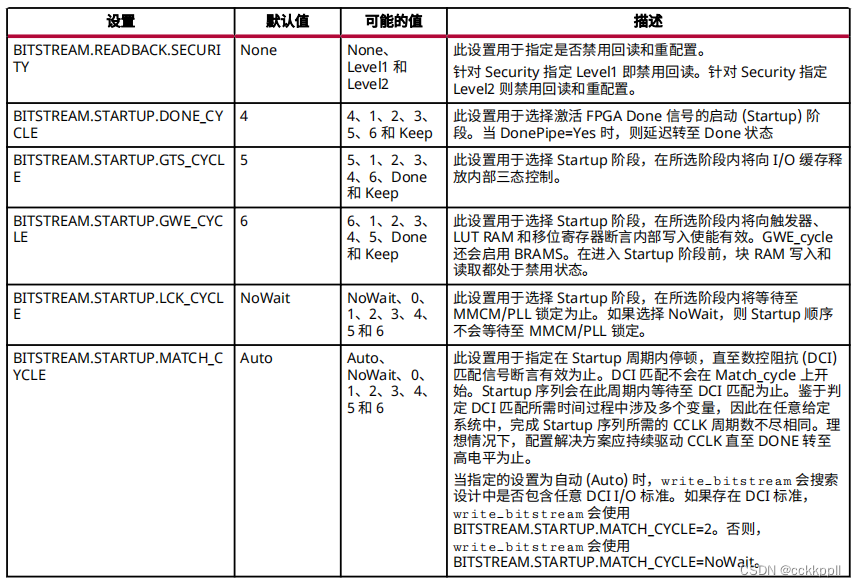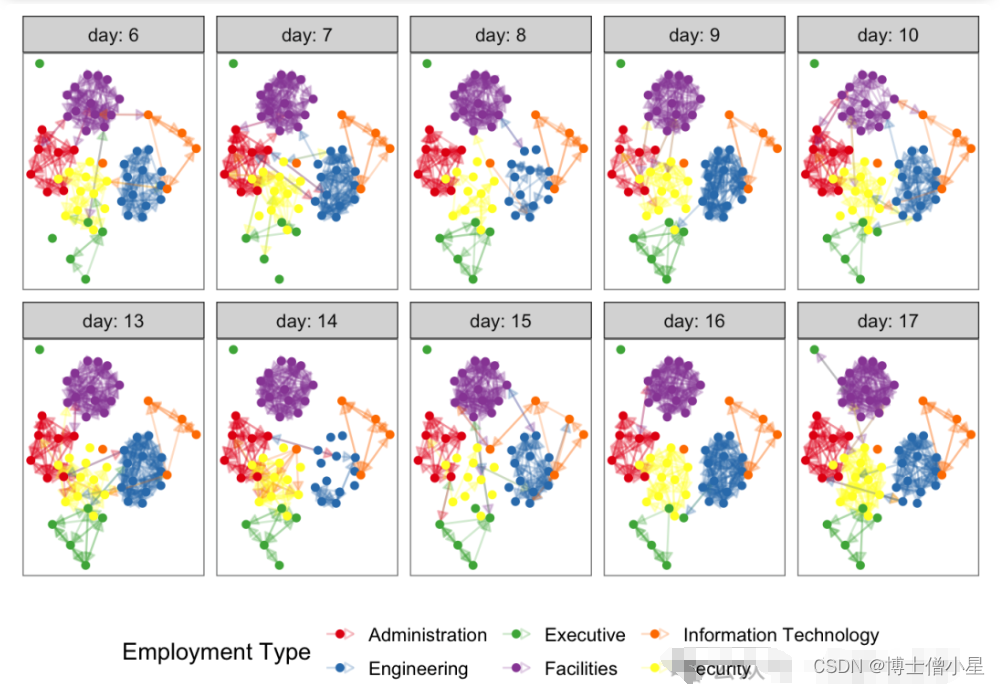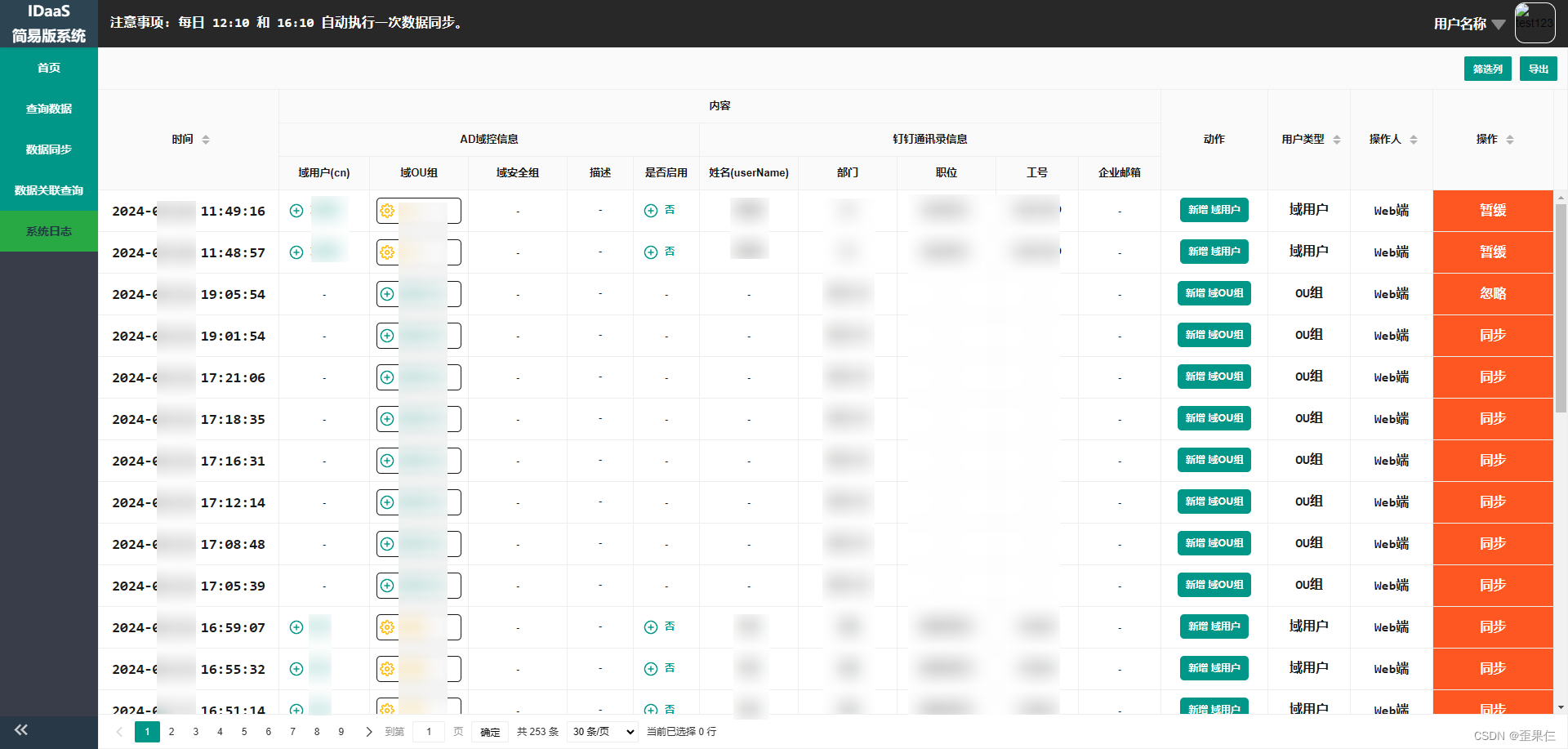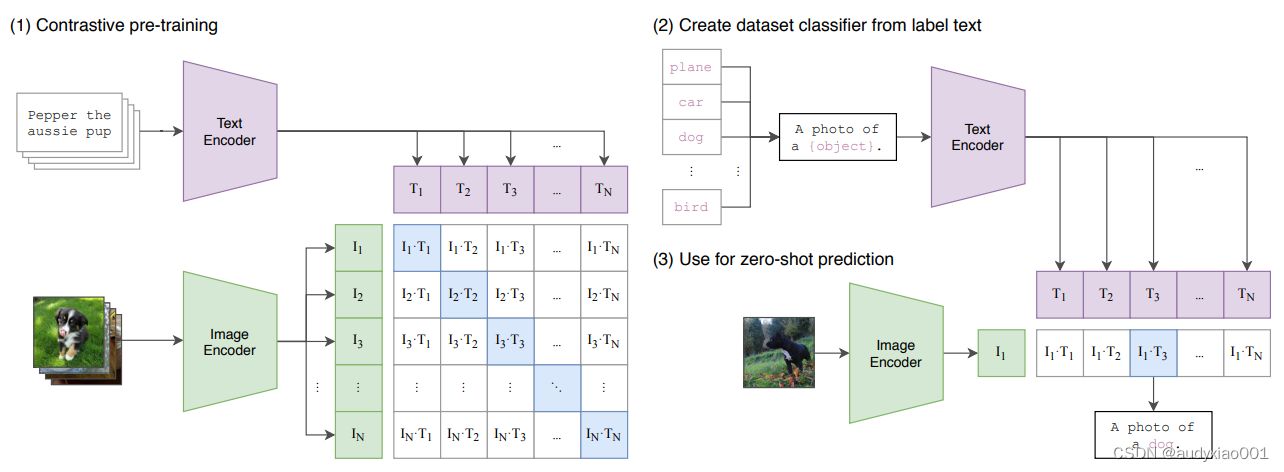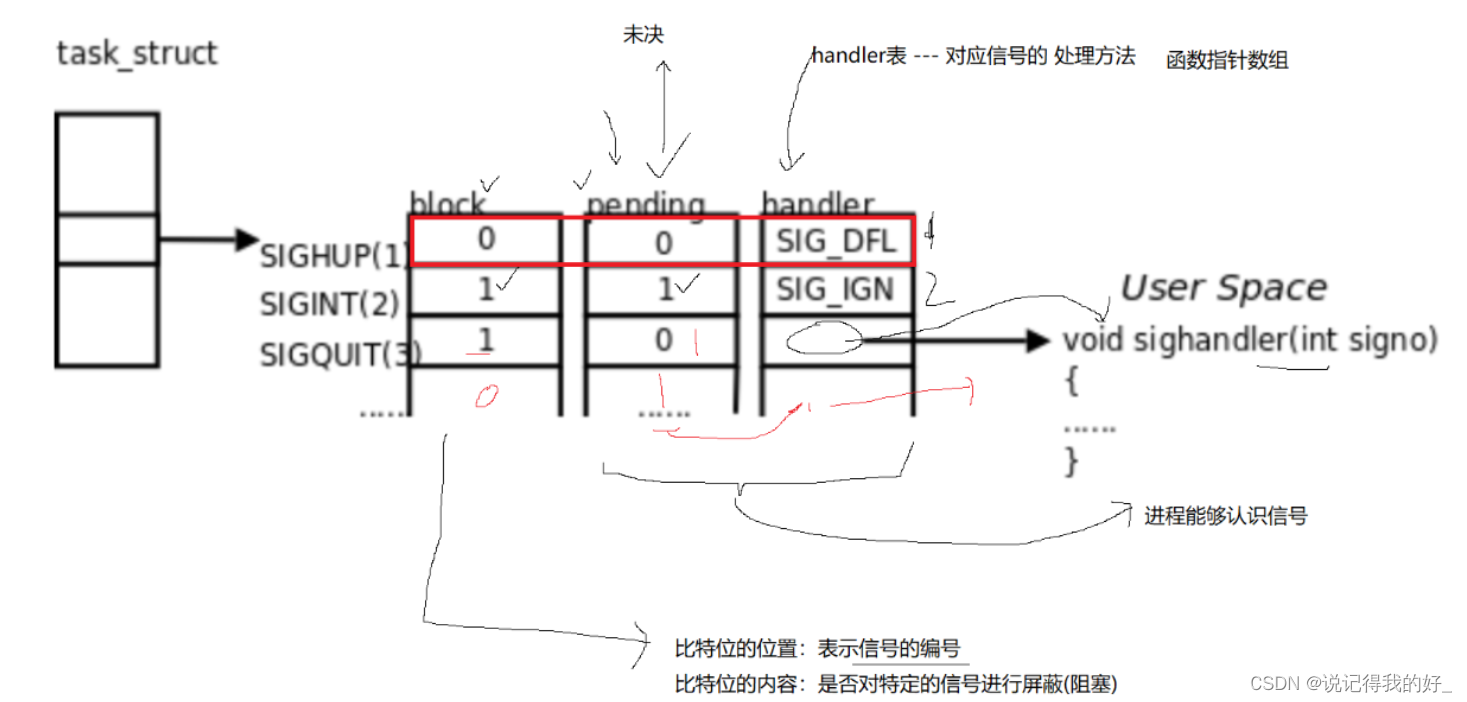3.NVMe寄存器配置
3.1 寄存器定义
NVMe寄存器主要分为两部分,一部分定义了Controller整体属性,一部分用来存放每组队列的头尾DB寄存器。
CAP——控制器能力,定义了内存页大小的最大最小值、支持的I/O指令集、DB寄存器步长、等待时间界限、仲裁机制、队列是否物理上连续、队列大小;
VS——版本号,定义了控制器实现NVMe协议的版本号;
INTMS——中断掩码,每个bit对应一个中断向量,使用MSI-X中断时,此寄存器无效;
INTMC——中断有效,每个bit对应一个中断向量,使用MSI-X中断时,此寄存器无效;
CC——控制器配置,定义了I/O SQ和CQ队列元素大小、关机状态提醒、仲裁机制、内存页大小、支持的I/O指令集、使能;
CSTS——控制器状态,包括关机状态、控制器致命错误、就绪状态;
AQA——Admin 队列属性,包括SQ大小和CQ大小;
ASQ——Admin SQ基地址;
ACQ——Admin CQ基地址;
1000h之后的寄存器定义了队列的头、尾DB寄存器。
3.2寄存器理解
CAP寄存器标识的是Controller具有多少能力,而CC寄存器则是指当前Controller选择了哪些能力,可以理解为CC是CAP的一个子集;如果重启(reset)的话,可以更换CC配置;
CC.EN置一,表示Controller已经可以开始处理NVM命令,从1到0表示Controller重启;
CC.EN与CSTS.RDY关系密切,CSTS.RDY总是在CC.EN之后由Controller改变,其他不符合执行顺序的操作都将产生未定义的行为;
Admin队列有host直接创建,AQA、ASQ、ACQ三个寄存器标识了Admin队列,而其他I/O队列则有Admin命令创建(eg,创建I/O CQ命令);
Admin队列的头、尾DB寄存器标识为0,其他I/O队列标识由host按照一定规则分配;只有16bit的有效位,是因为队列深度最大64K。
实际的物理设备CAP.DSTRD值为0,dev->db_stride为1,之后分析中默认db_stride为1
原文链接:https://blog.csdn.net/qq_39021670/article/details/114896973
由dev->dbs使用方式可知,每一个DB寄存器对,前4个字节为SQ Tail DB,后四个字节为CQ Head DB
/*
* Write sq tail if we are asked to, or if the next command would wrap.
*/
static inline void nvme_write_sq_db(struct nvme_queue *nvmeq, bool write_sq)
{
if (!write_sq) {
u16 next_tail = nvmeq->sq_tail + 1;
if (next_tail == nvmeq->q_depth)
next_tail = 0;
if (next_tail != nvmeq->last_sq_tail)
return;
}
if (nvme_dbbuf_update_and_check_event(nvmeq->sq_tail,
nvmeq->dbbuf_sq_db, nvmeq->dbbuf_sq_ei))
//前4字节写入sq tial
writel(nvmeq->sq_tail, nvmeq->q_db);
nvmeq->last_sq_tail = nvmeq->sq_tail;
}
static inline void nvme_ring_cq_doorbell(struct nvme_queue *nvmeq)
{
u16 head = nvmeq->cq_head;
//后4字节写入 cq head
if (nvme_dbbuf_update_and_check_event(head, nvmeq->dbbuf_cq_db,
nvmeq->dbbuf_cq_ei))
writel(head, nvmeq->q_db + nvmeq->dev->db_stride);
}
static irqreturn_t nvme_irq(int irq, void *data)
{
struct nvme_queue *nvmeq = data;
irqreturn_t ret = IRQ_NONE;
u16 start, end;
/*
* The rmb/wmb pair ensures we see all updates from a previous run of
* the irq handler, even if that was on another CPU.
*/
rmb();
if (nvmeq->cq_head != nvmeq->last_cq_head)
ret = IRQ_HANDLED;
//找到当前CQ队列的尾部,并更新cq_head
nvme_process_cq(nvmeq, &start, &end, -1);
nvmeq->last_cq_head = nvmeq->cq_head;
wmb();
if (start != end) {
// 依次处理CQ队列中的请求
nvme_complete_cqes(nvmeq, start, end);
return IRQ_HANDLED;
}
return ret;
}
依次取出ssd 中已经返回的数据,然后写入cq 的head 到Doorbell 寄存器
static inline int nvme_process_cq(struct nvme_queue *nvmeq, u16 *start,
u16 *end, unsigned int tag)
{
int found = 0;
*start = nvmeq->cq_head;
while (nvme_cqe_pending(nvmeq)) {
if (tag == -1U || nvmeq->cqes[nvmeq->cq_head].command_id == tag)
found++;
nvme_update_cq_head(nvmeq);
}
*end = nvmeq->cq_head;
if (*start != *end)
nvme_ring_cq_doorbell(nvmeq);
return found;
}
static inline void nvme_ring_cq_doorbell(struct nvme_queue *nvmeq)
{
u16 head = nvmeq->cq_head;
if (nvme_dbbuf_update_and_check_event(head, nvmeq->dbbuf_cq_db,
nvmeq->dbbuf_cq_ei))
writel(head, nvmeq->q_db + nvmeq->dev->db_stride);
}
依次处理cq 中的数据返回给block 层
static inline void nvme_end_request(struct request *req, __le16 status,
union nvme_result result)
{
struct nvme_request *rq = nvme_req(req);
rq->status = le16_to_cpu(status) >> 1;
rq->result = result;
/* inject error when permitted by fault injection framework */
nvme_should_fail(req);
//block 请求返回
blk_mq_complete_request(req);
}
static inline void nvme_handle_cqe(struct nvme_queue *nvmeq, u16 idx)
{
volatile struct nvme_completion *cqe = &nvmeq->cqes[idx];
struct request *req;
/*
* AEN requests are special as they don't time out and can
* survive any kind of queue freeze and often don't respond to
* aborts. We don't even bother to allocate a struct request
* for them but rather special case them here.
*/
if (unlikely(nvmeq->qid == 0 &&
cqe->command_id >= NVME_AQ_BLK_MQ_DEPTH)) {
nvme_complete_async_event(&nvmeq->dev->ctrl,
cqe->status, &cqe->result);
return;
}
//将通过tag 将reqeust 转换出来
req = blk_mq_tag_to_rq(nvme_queue_tagset(nvmeq), cqe->command_id);
if (unlikely(!req)) {
dev_warn(nvmeq->dev->ctrl.device,
"invalid id %d completed on queue %d\n",
cqe->command_id, le16_to_cpu(cqe->sq_id));
return;
}
trace_nvme_sq(req, cqe->sq_head, nvmeq->sq_tail);
nvme_end_request(req, cqe->status, cqe->result);
}
static void nvme_complete_cqes(struct nvme_queue *nvmeq, u16 start, u16 end)
{
while (start != end) {
nvme_handle_cqe(nvmeq, start);
if (++start == nvmeq->q_depth)
start = 0;
}
}
static const struct blk_mq_ops nvme_mq_admin_ops = {
.queue_rq = nvme_queue_rq,
.complete = nvme_pci_complete_rq,
.init_hctx = nvme_admin_init_hctx,
.init_request = nvme_init_request,
.timeout = nvme_timeout,
};
static const struct blk_mq_ops nvme_mq_ops = {
.queue_rq = nvme_queue_rq,
.complete = nvme_pci_complete_rq,
.commit_rqs = nvme_commit_rqs,
.init_hctx = nvme_init_hctx,
.init_request = nvme_init_request,
.map_queues = nvme_pci_map_queues,
.timeout = nvme_timeout,
.poll = nvme_poll,
};
admin queue
nvme_queue_rq
io queue
nvme_queue_rq
nvme_commit_rqs
static blk_status_t __blk_mq_issue_directly(struct blk_mq_hw_ctx *hctx,
struct request *rq,
blk_qc_t *cookie, bool last)
{
struct request_queue *q = rq->q;
struct blk_mq_queue_data bd = {
.rq = rq,
.last = last,
};
blk_qc_t new_cookie;
blk_status_t ret;
new_cookie = request_to_qc_t(hctx, rq);
/*
* For OK queue, we are done. For error, caller may kill it.
* Any other error (busy), just add it to our list as we
* previously would have done.
*/
ret = q->mq_ops->queue_rq(hctx, &bd);
switch (ret) {
case BLK_STS_OK:
blk_mq_update_dispatch_busy(hctx, false);
*cookie = new_cookie;
break;
case BLK_STS_RESOURCE:
case BLK_STS_DEV_RESOURCE:
blk_mq_update_dispatch_busy(hctx, true);
__blk_mq_requeue_request(rq);
break;
default:
blk_mq_update_dispatch_busy(hctx, false);
*cookie = BLK_QC_T_NONE;
break;
}
return ret;
}
*/
bool blk_mq_dispatch_rq_list(struct request_queue *q, struct list_head *list,
bool got_budget)
{
struct blk_mq_hw_ctx *hctx;
struct request *rq, *nxt;
bool no_tag = false;
int errors, queued;
blk_status_t ret = BLK_STS_OK;
bool no_budget_avail = false;
if (list_empty(list))
return false;
WARN_ON(!list_is_singular(list) && got_budget);
/*
* Now process all the entries, sending them to the driver.
*/
errors = queued = 0;
do {
struct blk_mq_queue_data bd;
rq = list_first_entry(list, struct request, queuelist);
hctx = rq->mq_hctx;
if (!got_budget && !blk_mq_get_dispatch_budget(hctx)) {
blk_mq_put_driver_tag(rq);
no_budget_avail = true;
break;
}
if (!blk_mq_get_driver_tag(rq)) {
/*
* The initial allocation attempt failed, so we need to
* rerun the hardware queue when a tag is freed. The
* waitqueue takes care of that. If the queue is run
* before we add this entry back on the dispatch list,
* we'll re-run it below.
*/
if (!blk_mq_mark_tag_wait(hctx, rq)) {
blk_mq_put_dispatch_budget(hctx);
/*
* For non-shared tags, the RESTART check
* will suffice.
*/
if (hctx->flags & BLK_MQ_F_TAG_SHARED)
no_tag = true;
break;
}
}
list_del_init(&rq->queuelist);
bd.rq = rq;
/*
* Flag last if we have no more requests, or if we have more
* but can't assign a driver tag to it.
*/
if (list_empty(list))
bd.last = true;
else {
nxt = list_first_entry(list, struct request, queuelist);
bd.last = !blk_mq_get_driver_tag(nxt);
}
//下发io
ret = q->mq_ops->queue_rq(hctx, &bd);
if (ret == BLK_STS_RESOURCE || ret == BLK_STS_DEV_RESOURCE) {
blk_mq_handle_dev_resource(rq, list);
break;
}
if (unlikely(ret != BLK_STS_OK)) {
errors++;
blk_mq_end_request(rq, BLK_STS_IOERR);
continue;
}
queued++;
} while (!list_empty(list));
hctx->dispatched[queued_to_index(queued)]++;
/*
* Any items that need requeuing? Stuff them into hctx->dispatch,
* that is where we will continue on next queue run.
*/
if (!list_empty(list)) {
bool needs_restart;
/*
* If we didn't flush the entire list, we could have told
* the driver there was more coming, but that turned out to
* be a lie.
*/
if (q->mq_ops->commit_rqs)
//nvme io commit
q->mq_ops->commit_rqs(hctx);
spin_lock(&hctx->lock);
list_splice_tail_init(list, &hctx->dispatch);
spin_unlock(&hctx->lock);
/*
* Order adding requests to hctx->dispatch and checking
* SCHED_RESTART flag. The pair of this smp_mb() is the one
* in blk_mq_sched_restart(). Avoid restart code path to
* miss the new added requests to hctx->dispatch, meantime
* SCHED_RESTART is observed here.
*/
smp_mb();
/*
* If SCHED_RESTART was set by the caller of this function and
* it is no longer set that means that it was cleared by another
* thread and hence that a queue rerun is needed.
*
* If 'no_tag' is set, that means that we failed getting
* a driver tag with an I/O scheduler attached. If our dispatch
* waitqueue is no longer active, ensure that we run the queue
* AFTER adding our entries back to the list.
*
* If no I/O scheduler has been configured it is possible that
* the hardware queue got stopped and restarted before requests
* were pushed back onto the dispatch list. Rerun the queue to
* avoid starvation. Notes:
* - blk_mq_run_hw_queue() checks whether or not a queue has
* been stopped before rerunning a queue.
* - Some but not all block drivers stop a queue before
* returning BLK_STS_RESOURCE. Two exceptions are scsi-mq
* and dm-rq.
*
* If driver returns BLK_STS_RESOURCE and SCHED_RESTART
* bit is set, run queue after a delay to avoid IO stalls
* that could otherwise occur if the queue is idle. We'll do
* similar if we couldn't get budget and SCHED_RESTART is set.
*/
needs_restart = blk_mq_sched_needs_restart(hctx);
if (!needs_restart ||
(no_tag && list_empty_careful(&hctx->dispatch_wait.entry)))
blk_mq_run_hw_queue(hctx, true);
else if (needs_restart && (ret == BLK_STS_RESOURCE ||
no_budget_avail))
blk_mq_delay_run_hw_queue(hctx, BLK_MQ_RESOURCE_DELAY);
blk_mq_update_dispatch_busy(hctx, true);
return false;
} else
blk_mq_update_dispatch_busy(hctx, false);
/*
* If the host/device is unable to accept more work, inform the
* caller of that.
*/
if (ret == BLK_STS_RESOURCE || ret == BLK_STS_DEV_RESOURCE)
return false;
return (queued + errors) != 0;
}
